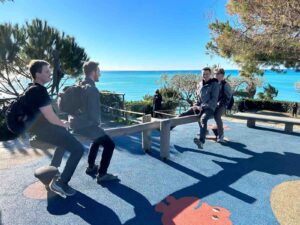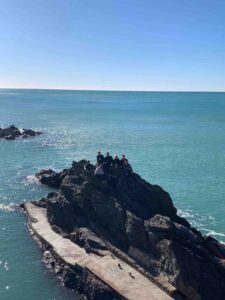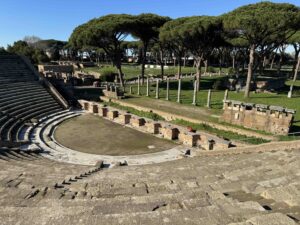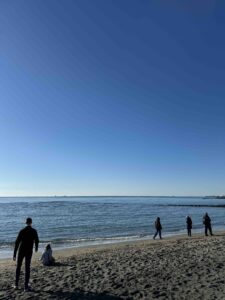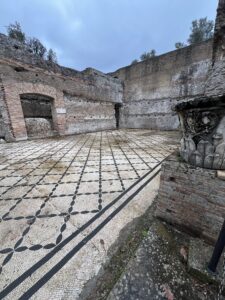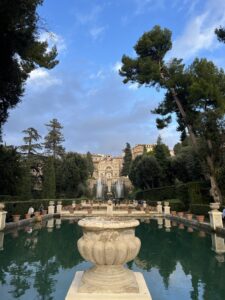Ciao,
Today the engineers started the day with a lesson on sustainability and comparative systems. They learned about the ways that Italy stays sustainable. Some examples were the card activated lights, where they need to put their room key into a slot to activate the lights in the room. Additionally, many of Italy’s buildings including the Bosco Verticale have live vegetation creating a carbon zero environment. From there, the engineers compared the sustainability of Italy to that in the United States.
After class, the engineers had the day to explore the city and take part in various activities. Many of them went to Museo Pietre in Florence, purchased last minute souvenirs in the main city, and some even several individuals even went to a Toscano Vineyard for a wine tasting. Overall, the engineers are taking these last few days in Italy to enjoy the city and prepare for the journey back to the states.
Several of us went to a vineyard on a wine tour at Fattoria Lavacchil which is in the region of Tuscany made with chianti grapes. The views from this vineyard were beautiful as seen in the picture with the St. Thomas flag. The tour consisted of the long process of growing the grapes tending to them and fermentation as well as the aging process. One of the coolest things about this vineyard is that they don’t use any pesticides on their grapes and there are no spices, sugars, or sulfides added to the wine, so the taste comes solely from the process from the grape to the bottle. We learned about the proper way to taste wine and how to tell the differences between colors flavors and alcohol content. It was an informal tour, and we felt quite welcome.
To wind the night down we all watched a movie in the hotel lounge enjoying one of our last nights in Italy.


